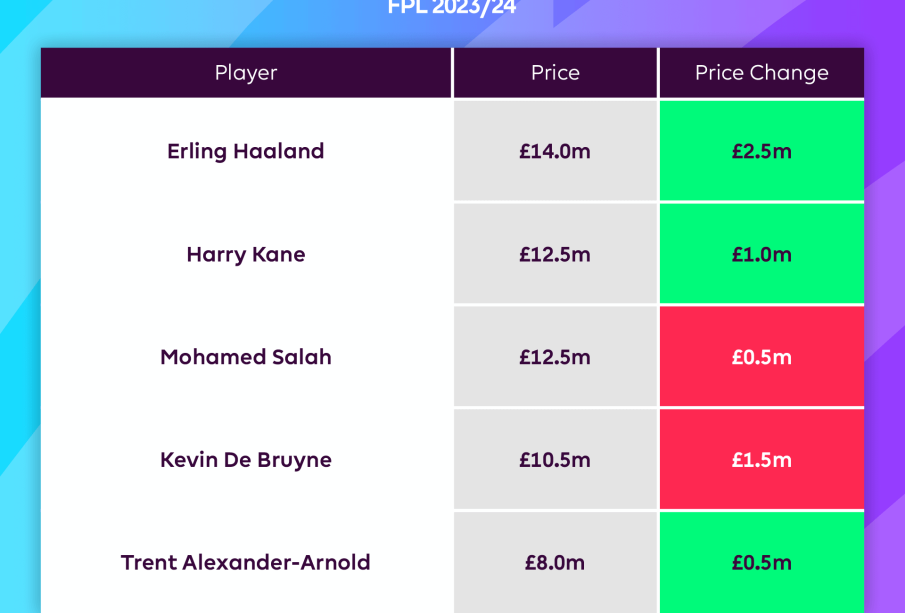Understanding FPL Price Changes

Introduction
As the Fantasy Premier League (FPL) season progresses, managers are constantly faced with the challenge of optimising their squads within a set budget. Price changes are a critical aspect of FPL strategy, significantly influencing team composition and decisions on transfers. Understanding these changes can help players maximise their team’s potential and value.
The Mechanics of FPL Price Changes
FPL price changes occur throughout the season based on player performance and the transfer market’s demand. Whenever a player is transferred in by a certain number of managers, their price may increase; conversely, if a player sees a significant number of transfers out, their price can drop. These adjustments are commonly referred to as ‘price rises’ and ‘price falls’. The system primarily relies on a sliding scale, meaning that the more popular a player becomes through transfers, the faster their price can rise. Recent updates provide managers with insights into which players are on the verge of price changes, allowing for strategic purchasing.
Current Trends and Current FPL Season
As of the current game week, several players have experienced notable price changes. For instance, players who started the season strongly, such as Mohamed Salah and Erling Haaland, have seen their values rise, making them essential picks for many managers. On the flip side, underperforming players like Raheem Sterling and Bruno Fernandes have started to drop in price after early-season expectations fell short. This season’s unpredictable nature has led to fierce competition and reactive strategies among FPL managers. Remarkably, injury news, fixture difficulties, and tactical changes all factor into managers’ choices and their timing for transfers to avoid excessive price change penalties.
Conclusion
Price changes in FPL are more than just numbers; they encapsulate the dynamics of player performance and team strategy. By staying informed about these changes, FPL managers can make intelligent decisions to enhance their squads effectively. As the season continues, it is vital for managers to track performance trends and adjust their teams accordingly, ultimately aiming to secure the highest rank possible. Looking ahead, staying updated with these changes will be essential for maintaining a competitive edge in the increasingly challenging landscape of Fantasy Premier League.









